
The Zero Waste Workplace
To make a zero waste workplace, it's important to find ways to create more from less. Here we look at how managers and staff can work together more smartly to greatly reduce wastefulness.
The Zero Waste Workplace
Today we move faster than ever: we change our jobs and houses more often, we use a lot of energy and resources, we consume goods quickly then throw them away. The problem with this kind of lifestyle is that it’s very wasteful and terrible for the environment. The solution? By producing less waste—hopefully zero—we can leave a healthier Earth for future generations. In this blog we’ll look at ways managers and staff can get together and create a zero waste workplace.

Rethinking the way you work
By working more smartly, we can greatly reduce wastefulness. Companies can change the way they design their own products, but also the kinds of products they use themselves. Choose products with minimal packaging, or packaging that’s made from recyclable or reusable materials. Choose toiletries and cleaning products that can be refilled. Offer real cutlery in the kitchen area so that nobody has to pick up plastic knives and forks with their lunch. Reusable food containers, takeaway coffee cups and bags-for-life might also be provided to staff. And you could even go so far as to open a communal garden.

To make a zero waste workplace, it’s important to find ways to create more from less. Choose sustainable materials like recycled paper or processed rainwater. And likewise, make sure to recover your own waste: offices should have a system for recycling everything possible, and everybody should keep to it as best they can.
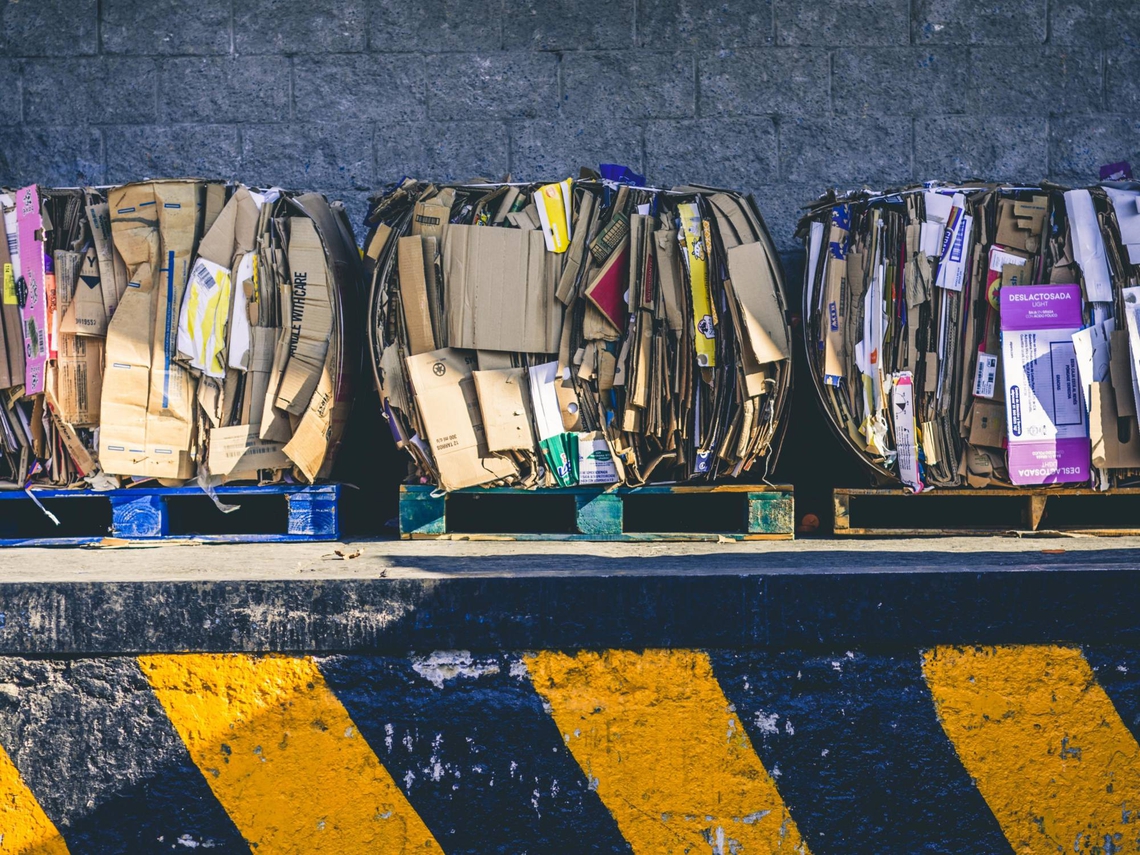
It’s important to save as much energy as possible too. For instance, make sure not to leave lights and computers on when you leave work. But wherever appropriate, think bigger: design office buildings to be more efficient, so that they need less energy to run. Buy your energy from renewable sources. And, if possible, harvest your own renewable energy from solar panels on the roof.

Finding new ways to use renewed materials
Make the most of the resources and materials that you already have. Many sofas now come with extra covers so that, if you grow tired of their colour, or accidentally stain them, you can simply change the cover and you’ll have what feels like a whole new sofa. The same’s true of workplaces also: repaint your office furniture to give it a whole new look. Or, conversely, strip down your office interiors to achieve a rawer, more industrial look; the kind of authentic look we explored in our previous blog on the Industrial Trend.

Products made from recycled materials
So what do low waste products look like? Well, one good example is Ikea’s Tånum rug made from leftover fabric from the company’s bed linen production line. Another is its Glansvide quilt filling, which is 70% recycled PET plastic. Or if you’re looking for more futuristic ways of reducing plastic waste, how about the edible drinks capsules handed out to thirsty runners during this year’s London Marathon? Going even further, there’s Adidas’s fully recyclable Futurecraft Loop sneaker prototype. This is a perfect example of closed-loop design, in which a product is made of only infinitely reusable materials: in this case, the whole shoe is made of thermoplastic polyurethane (TPU), and when it’s no longer wanted it can be ground into pellets and made into something new. And this process can be repeated again and again, forever. None of the material needs ever go to waste.
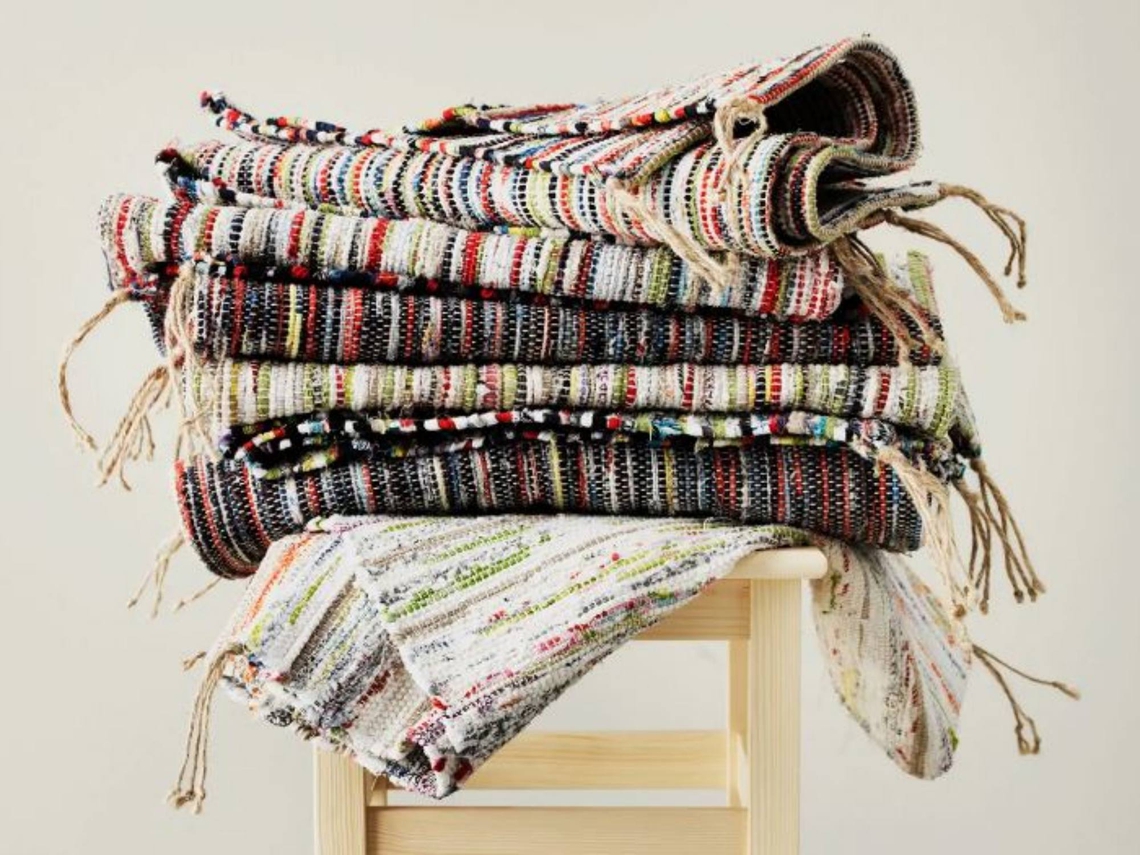
Likewise, modular furniture systems can be rearranged endlessly to suit changing needs, to create a new layout, or just to keep things fresh. It’s a great idea to add new elements, like office plants or hanging lighting, to change the feel of them too. The possibilities are endless, and all without being wasteful. And similarly, look for ways in which surplus or recycled materials can be used in the design of your workplace; for example old storage might be repurposed as a zone divider or a planter.
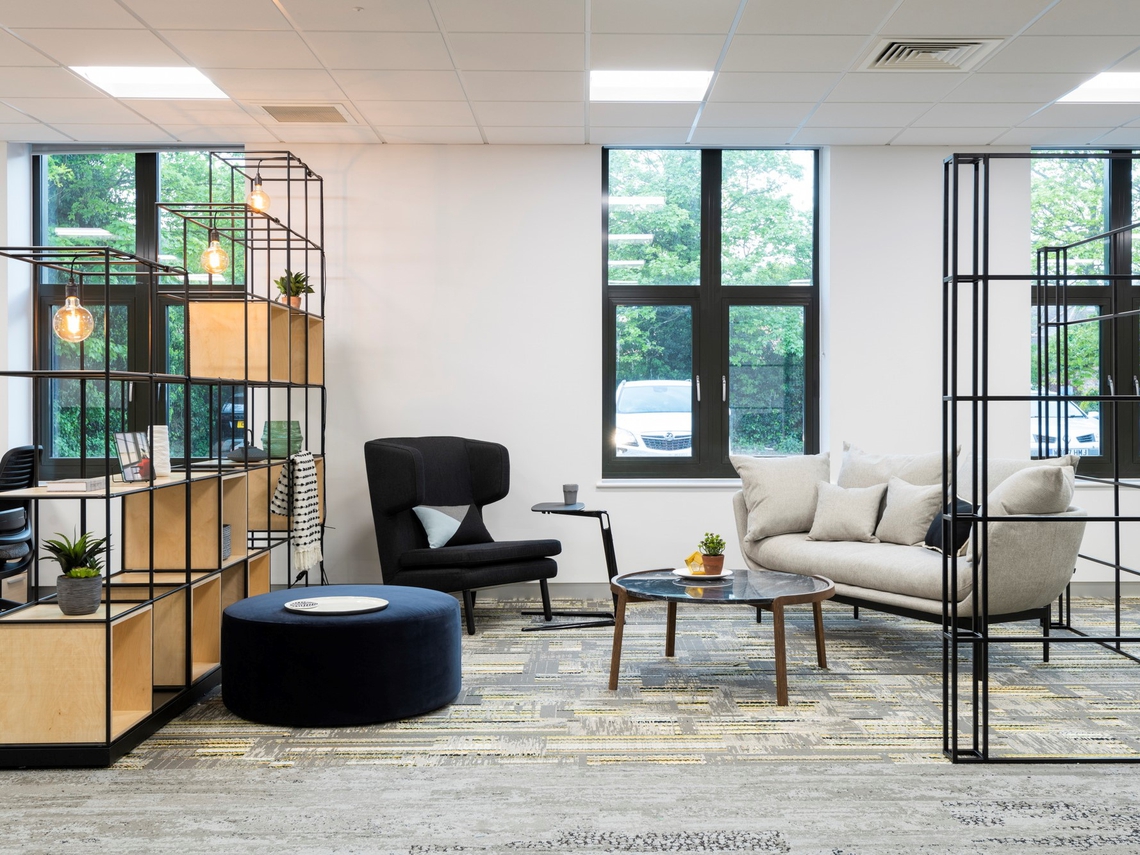
Lastly, a different kind of cool product for Londoners is “Useless,” a digital directory of all the city’s zero waste shops. By using its built-in map, Londoners can find more than 40 local shops that sell goods without disposable packaging and offer refills for cleaning products; why not give it a go today yourself? “Useless” is just one example of how customers are already displaying a preference for sustainable options; so adopting a zero waste approach in the workplace might well be just as good for business as it is for the environment.

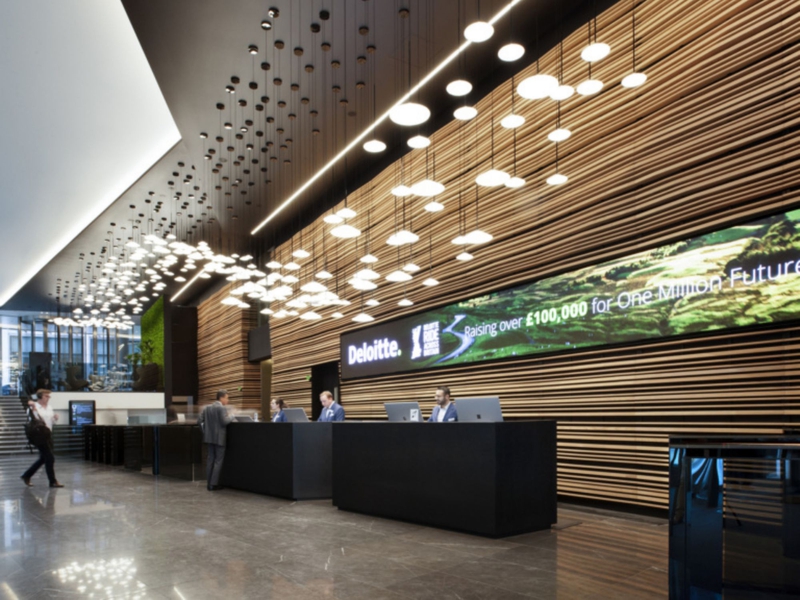
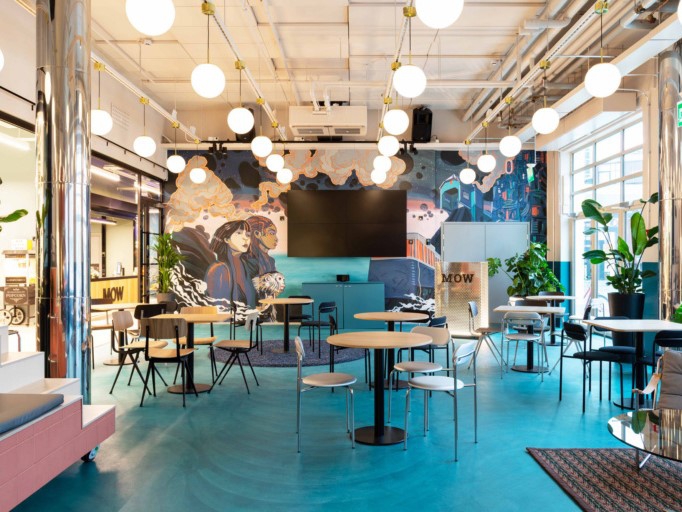
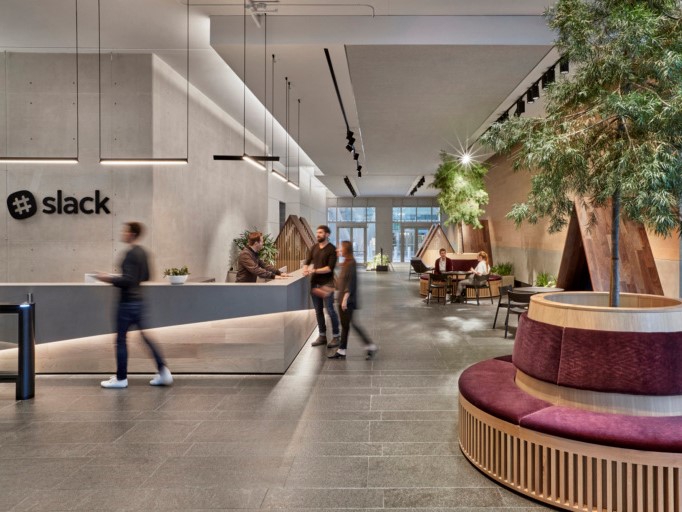




International workspace provider, HB Reavis have recently moved into their new UK headquarters in London. A bright, pla…
REAL ESTATE
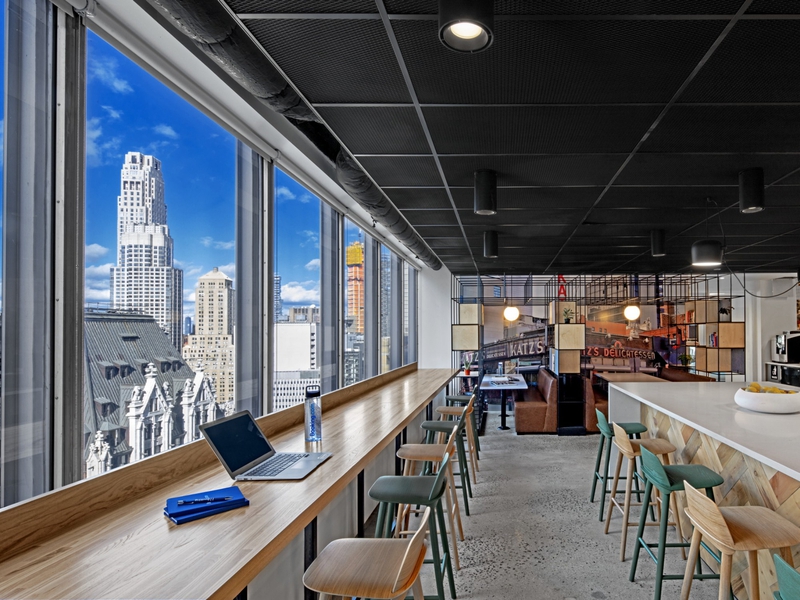
Bringing the company together in the heart of Manhattan's financial district, Booking.com have recently relocated into …
PROFESSIONAL SERVICES

For their new headquarters in Beaconsfield, Inland Homes have worked alongside Hunts Office to create a hospitable, dis…
REAL ESTATE